LANSING, Mich. (Michigan News Source) – Technicians, scientists, medical examiners and support staff…Across Michigan and the rest of the country, forensics play an important role in the investigation of rapes, murders and other crimes that occur across the country.
Spotlighted in the TV series, CSI (Crime Scene Investigation) which premiered in October of 2000, forensics went mainstream into the living rooms of regular Americans who learned about the many facets of crime scene investigation by watching the cast of characters solve crimes by analyzing physical evidence, including bugs.
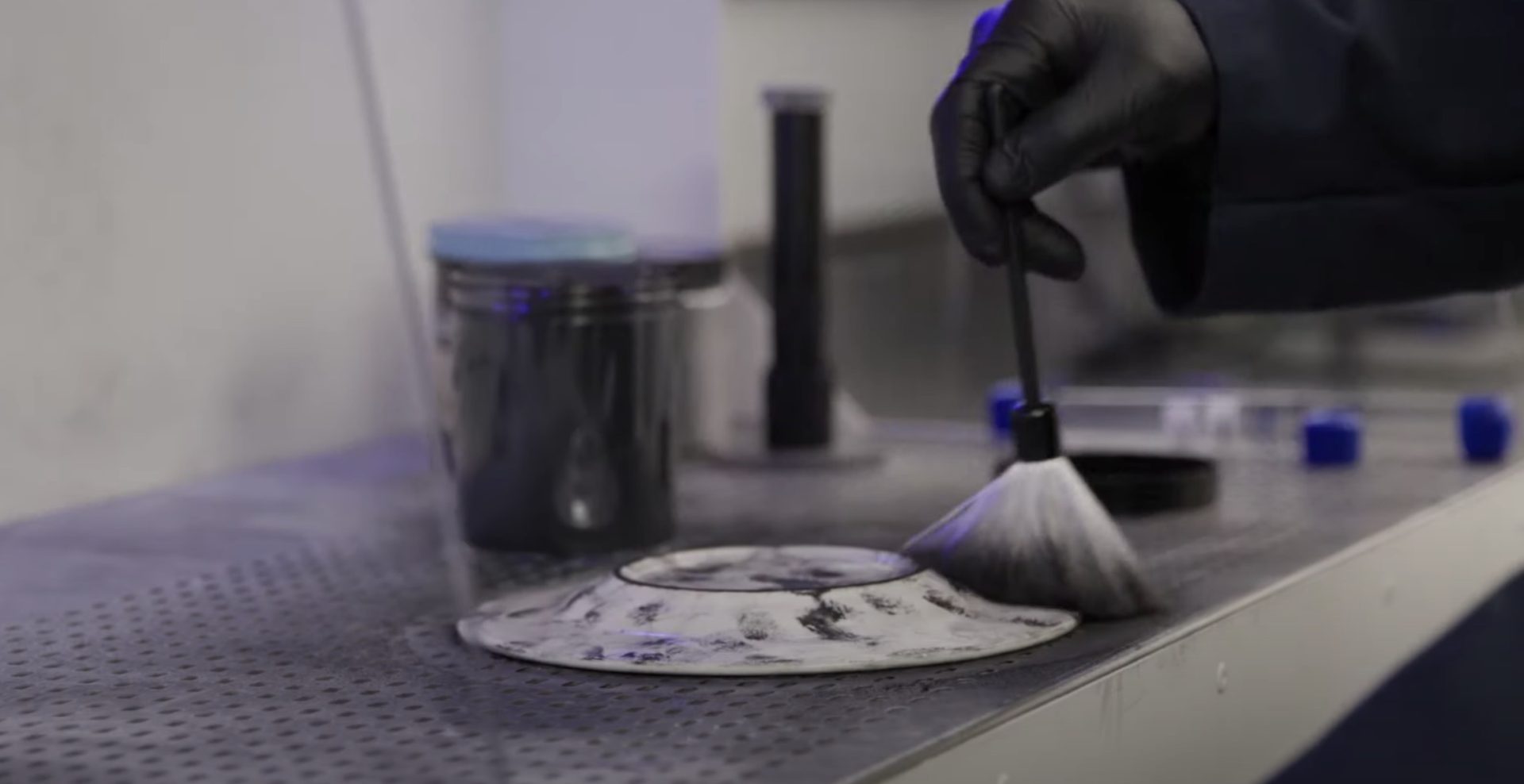
MORE NEWS: Sterilized Politician Has History of Far Left Stances
The popularity of the series spawned many other crime dramas and reality shows to be produced, adding to the reality TV crime series that were already airing like 48 Hours and Unsolved Mysteries. More recently, the invention of podcasting has opened up a whole new audience with True Crime audio shows like Crime Junkie, Vanished, True Crime all the Time, Criminal and Serial.
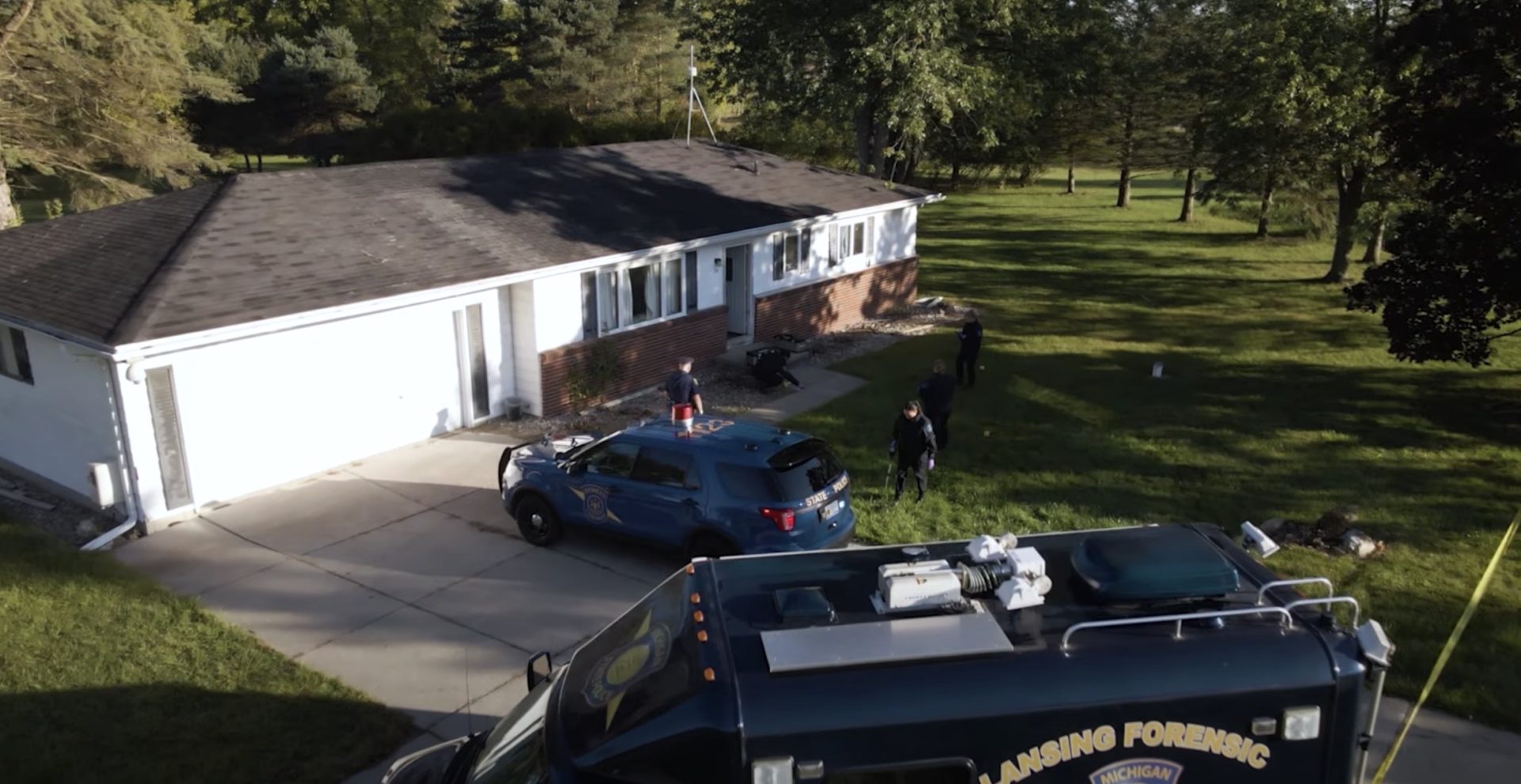
With this week’s 11th anniversary of National Forensic Science Week taking place from September 17th to the 23rd, the Michigan State Police (MSP) sent out a press release to celebrate their Forensic Science Division and all that they have accomplished.
The MSP says that their Forensic Science Division serves an important role in Michigan’s criminal justice system and explains in a video that their consistent work provides a foundation for justice. In the video they say, “Our teams provide specialized crime scene response, documenting, collecting and processing evidence. Our labs house the knowledge and tools to accurately test and analyze evidence no matter how trace the sample or intensive the process.”
The video continues to say that every test that they do matters and that their work is “precise, detailed and deliberate” – with results that can lead to an arrest or a conviction but can also clear and exonerate the innocent. Working with a shared commitment to justice and their communities, the MSP’s Forensic Science Division assists in the investigation of crimes and their members often testify in criminal proceedings.
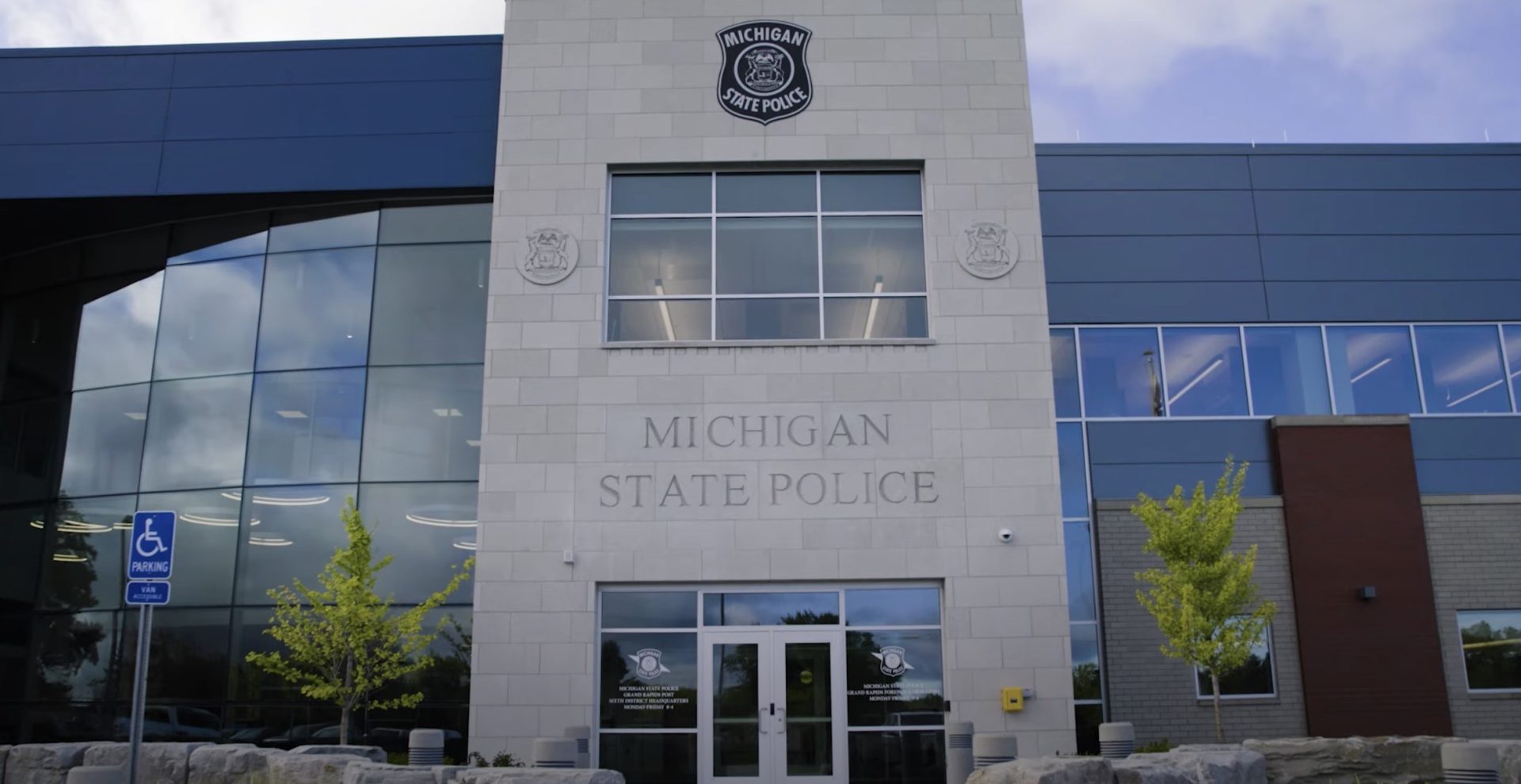
There are seven regional forensic laboratories that operate throughout the state including in Bridgeport, Lansing, Northville, Grand Rapids, Marquette, Grayling and Metro Detroit. The teams in the division are divided up into disciplines or categories where staff members specialize in one or more disciplines and become experts in their field. Each discipline has a Technical Leader who is the content area expert and quality assurance manager for their discipline. They play a critical role in maintaining consistency, quality and standardization throughout Michigan and in representing Michigan nationally and internationally on topics related to their discipline.
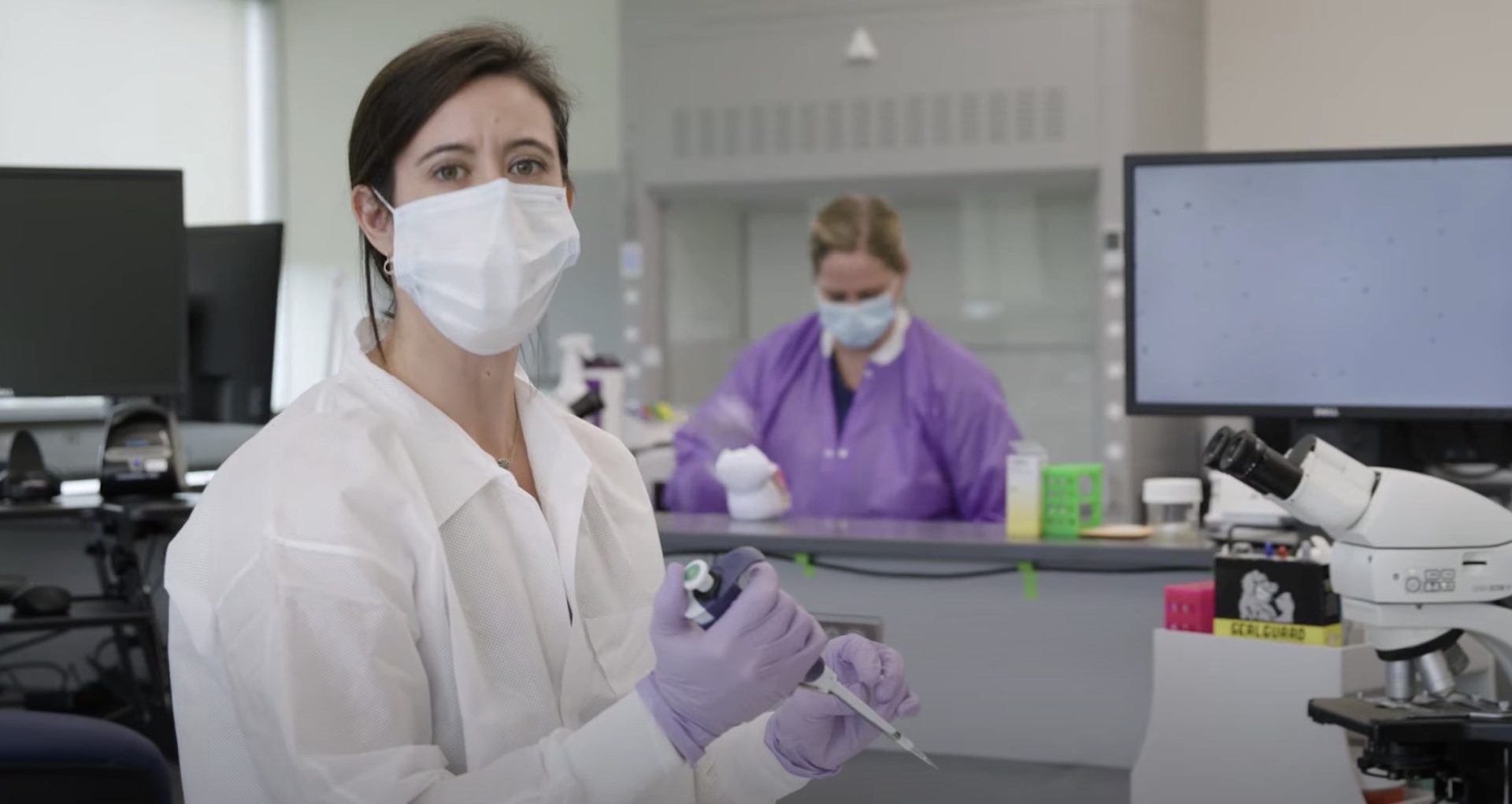
The forensic specialty disciplines include: biology & DNA; breath alcohol; controlled substances; crime scene response & bloodstain patterns; firearms & toolmarks; latent prints; questioned documents; toxicology; and trace evidence.
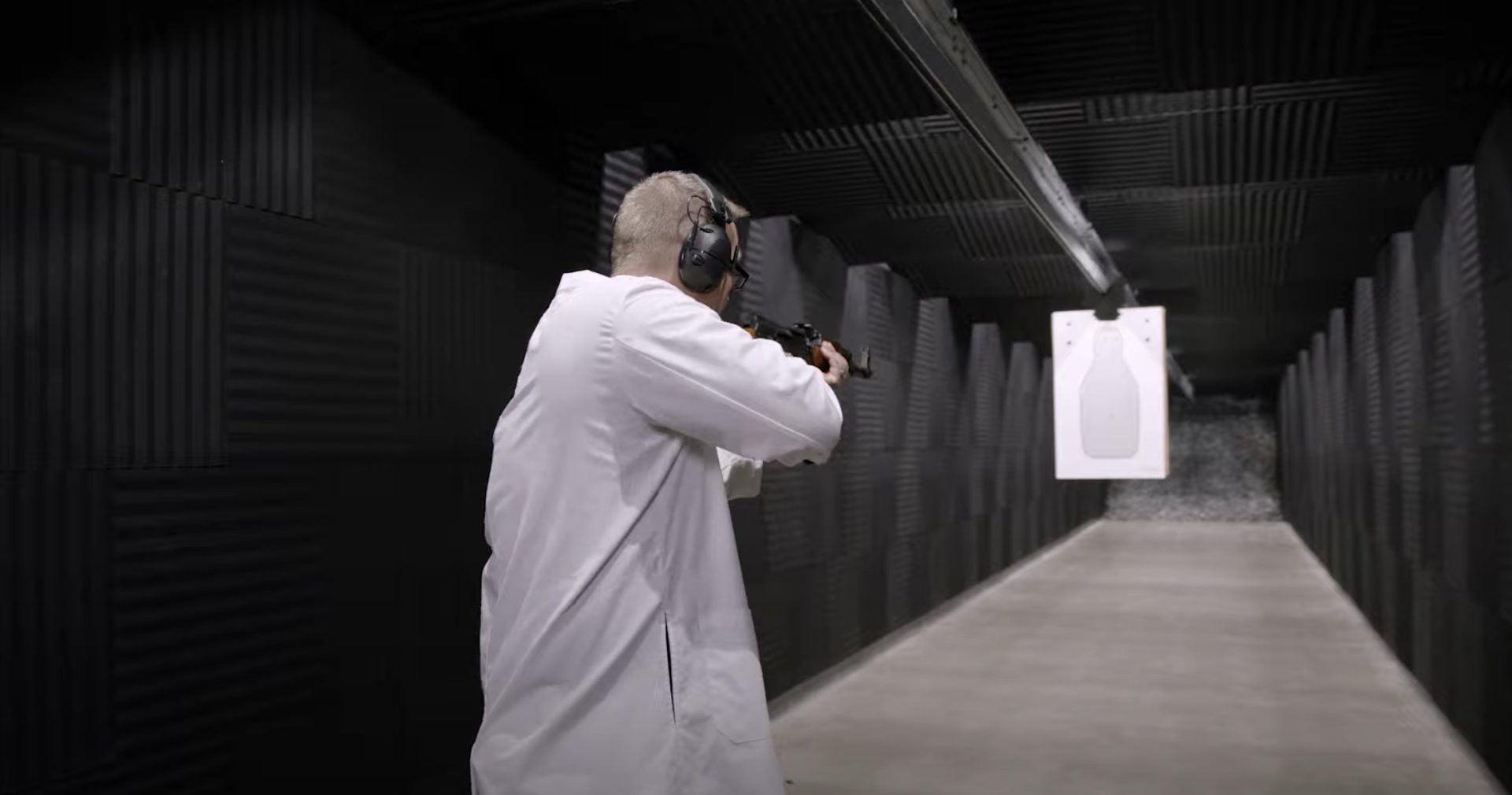
MORE NEWS: Michigan Ranks 46th in Unemployment in US
As advances in forensic science continue, including the ability to analyze Touch DNA, the public becomes more and more interested and engaged in the processes involved in crime-solving. More recently, genetic genealogy, also called DNA forensics or forensic genealogy, has become the new star in the world of forensics, especially after this new kind of DNA analysis led to the capture of Golden State Killer, Joseph James DeAngelo, and also led to his sentencing to life in prison in 2020. Investigators had identified DeAngelo through DNA evidence that was used to find him through his family tree. Genetic Genealogy is the use of DNA testing to determine relationships between individuals – and DNA forensics is putting that analysis to use in criminal investigations. It can also used to identify unidentified remains including unknown crime victims.
When searching for a killer, when there is DNA but no match to a person in any criminal databases, what often happens is that a DNA match is made through an open source genealogy website where a link is made from the DNA to the suspect’s family tree. Once that information is analyzed and a suspect is determined, investigators get a DNA sample from the suspect surreptitiously through a discarded cigarette butt, glass or other item. Then when investigators get a DNA match through those means that connects their case to the suspect, a warrant is obtained to get a direct DNA sample from the suspect and then the case proceeds from there.
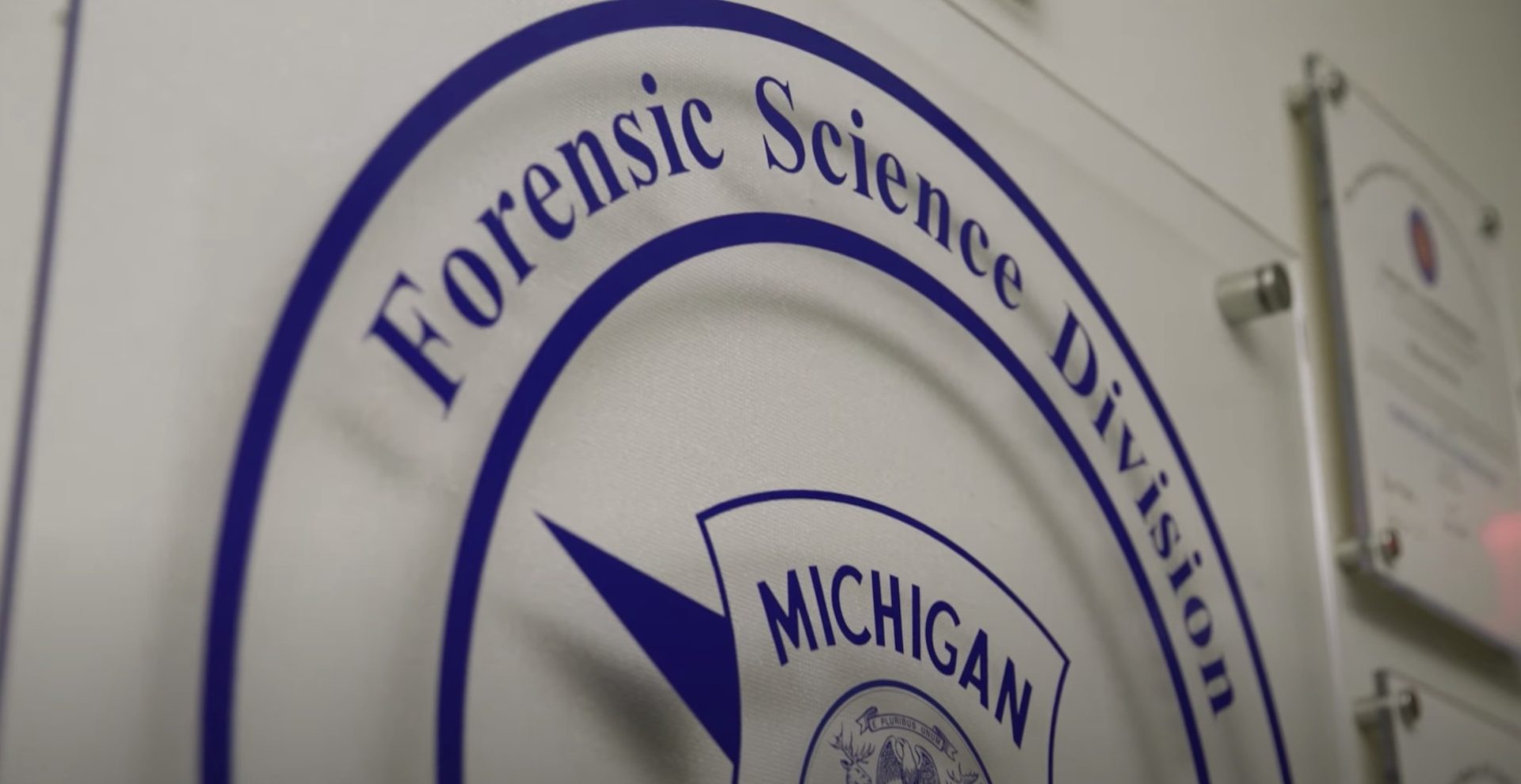
DNA forensics was recently used in Michigan in the solving of two cold cases from 40 years ago. The victims, 16-year-old Kimberly Louiselle and 19-year-old Christina Castiglione were linked together as having been murdered by now-deceased Charles David Shaw through forensic genealogy.
Many other murders in Michigan and across the country are being solved in the same manner including the 1988 cold case killing of 19-year-old Cathy Swartz in Three Rivers. Michigan State Police Detective First Lieutenant Chuck Christensen said about the case, “Forensic genealogy has made a huge difference. I’ve been in this for 28 years. Besides the advent of DNA technology…this has been by far the biggest game-changer that we’ve had.”

Leave a Comment
COMMENTS POLICY: We have no tolerance for messages of violence, racism, vulgarity, obscenity or other such discourteous behavior. Thank you for contributing to a respectful and useful online dialogue.